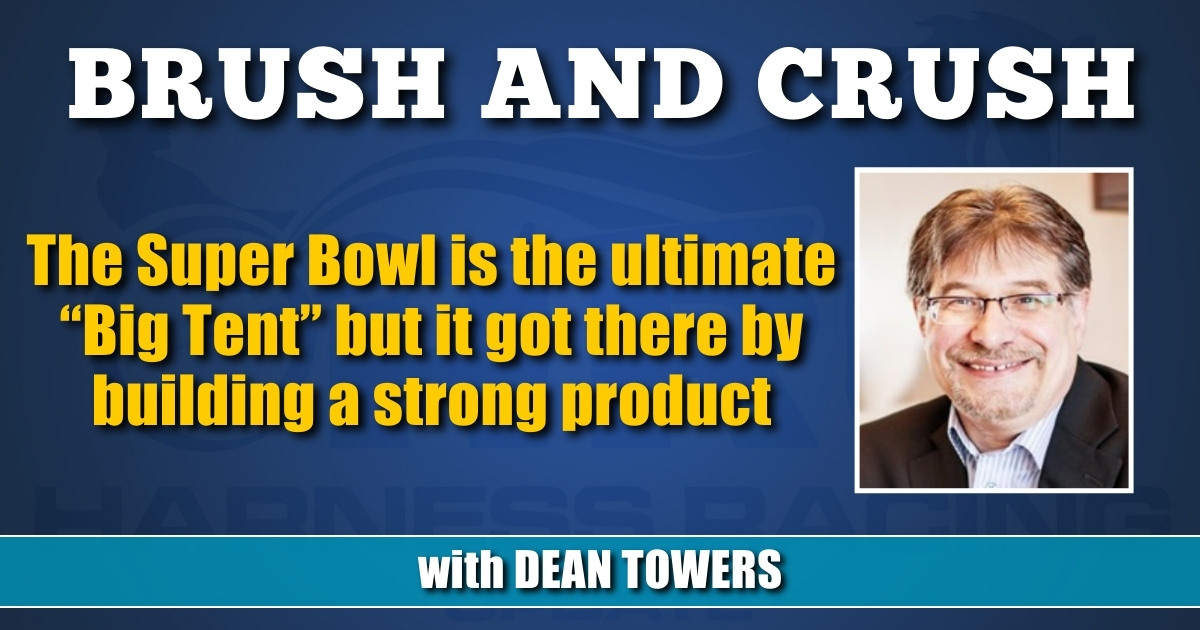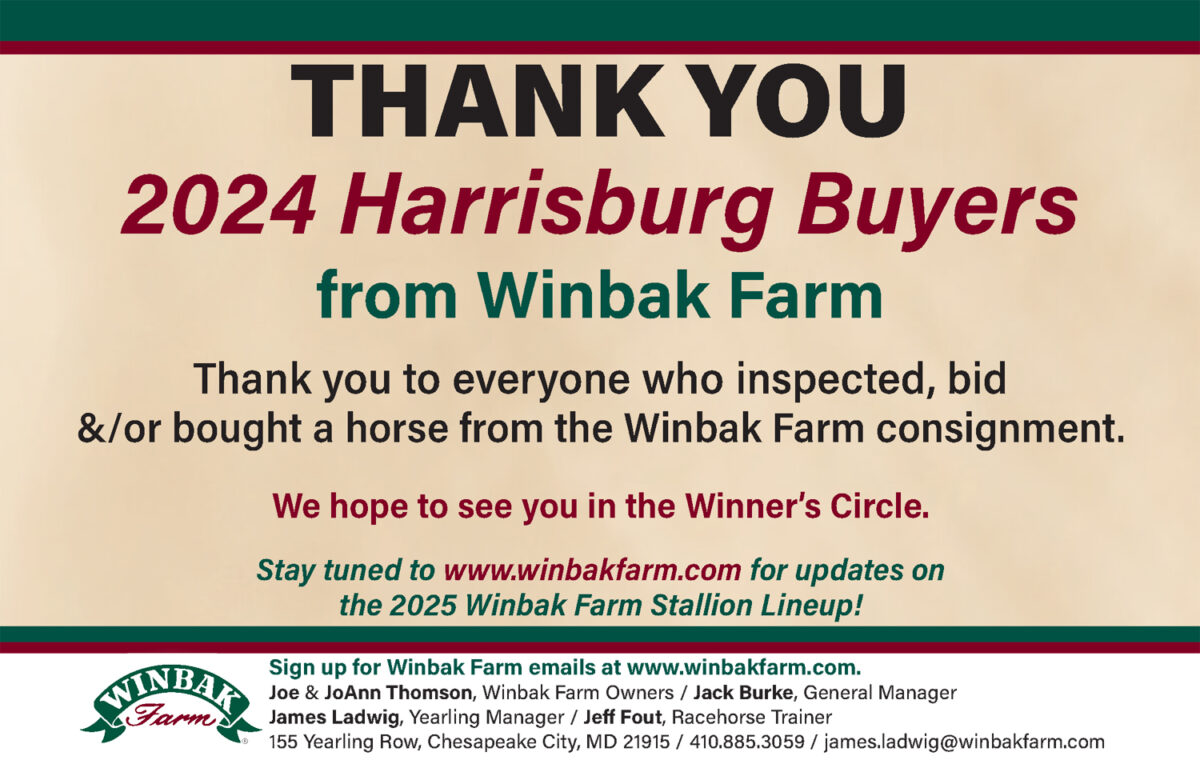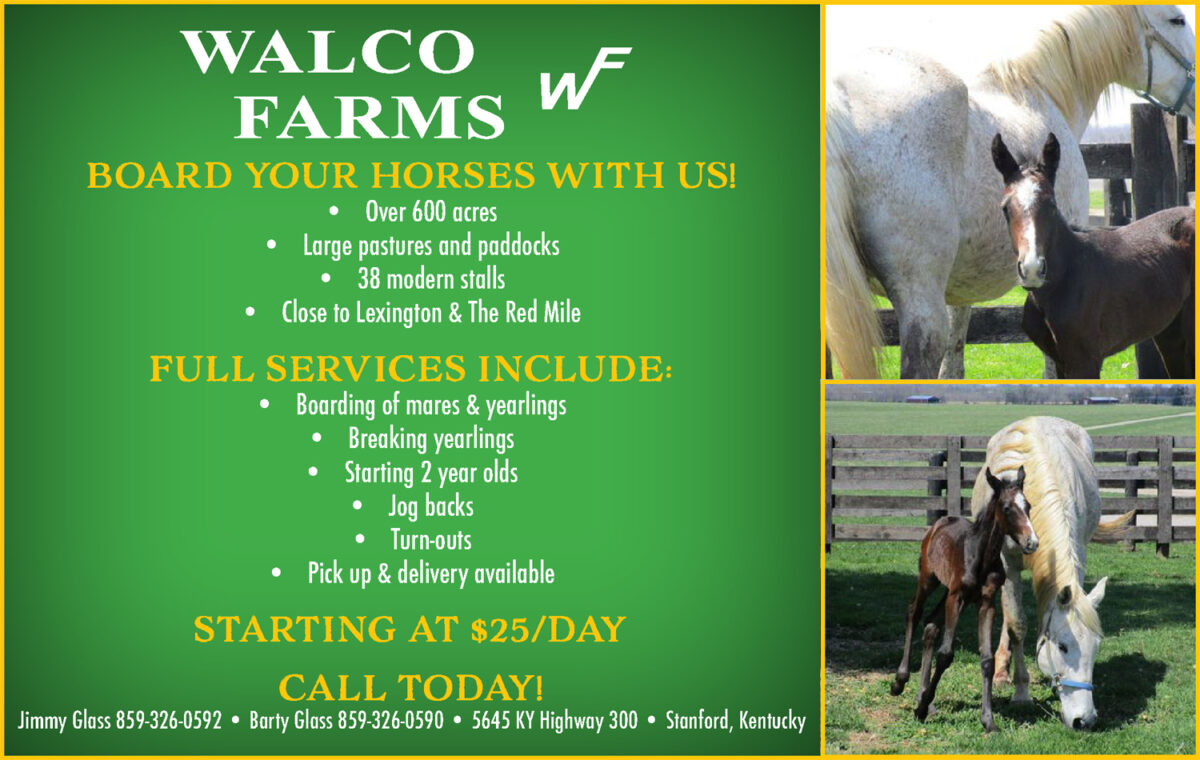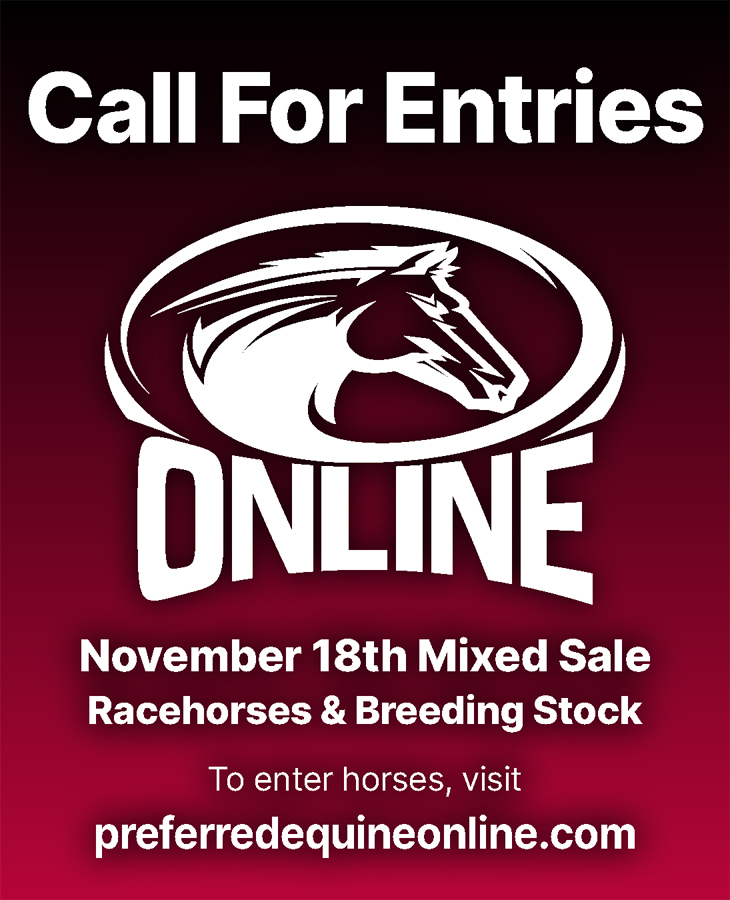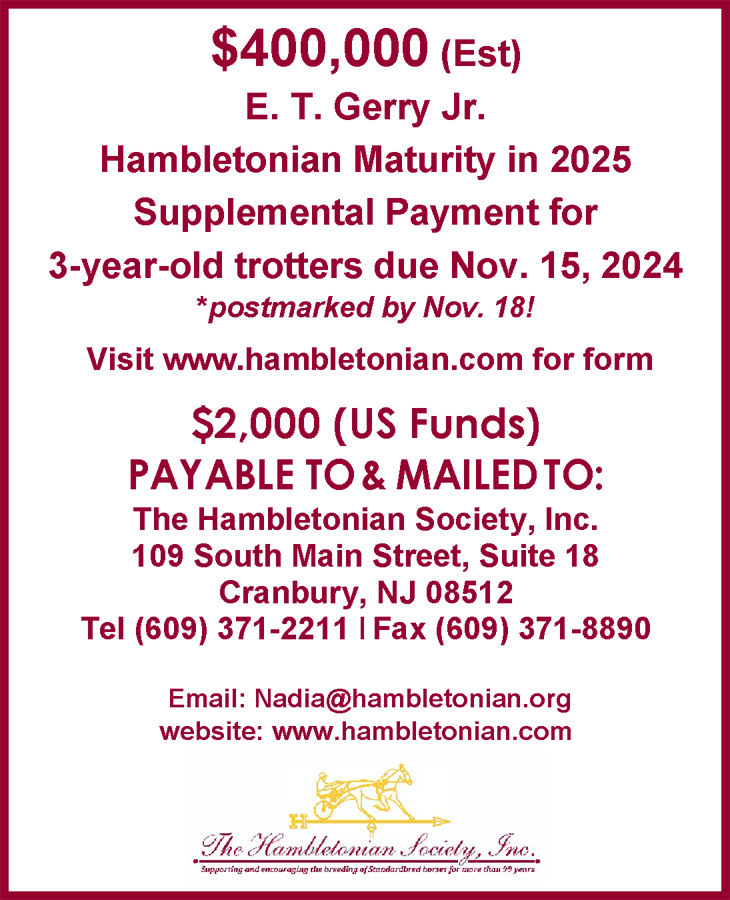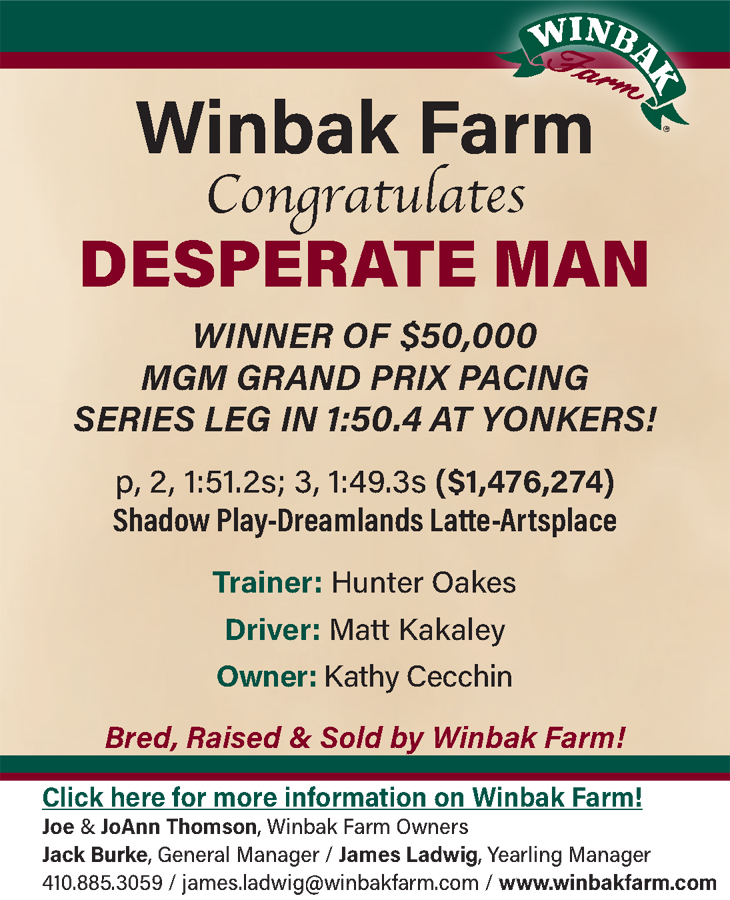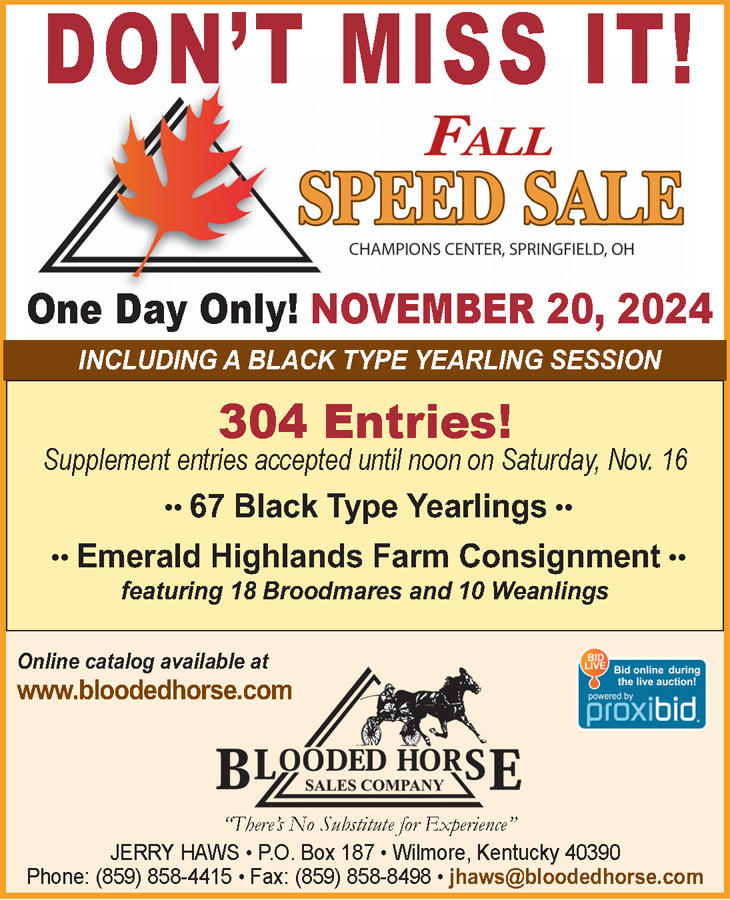The Super Bowl is the ultimate “Big Tent” but it got there by building a strong product
We hear a lot of talk in horse racing about influencers and marketing.
But without a solid foundation, it’s a train stuck at the station.
by Dean Towers
Super Bowl Sunday is upon us, and the business numbers we’ll be looking at today are pretty astounding, especially considering Super Bowl I wasn’t even a sell-out.
Here are a few snippets:
The game’s impact on the Las Vegas economy will be over $1.1 billion.
Ticket prices in the aftermarket are at an all-time high – averaging $10,752.
The game is expected to draw over 115 million viewers – a record.
A 30-second ad in Super Bowl I was $42,500, now it’s $7 million (or $230,000 per second).
Advertising on the Las Vegas Sphere alone ranges from $1 million to $2 million for a 90-second spot.
About 112.2 million people plan to throw or attend a Super Bowl party.
Some $23.1 billion is expected to be wagered on the big game today, with about 68 million people making some sort of bet, an increase of 35 per cent.
And I haven’t even touched on all the other “big tent” marketing and reach, like a certain celebrity attending a game. Which, of course, will be accompanied with prop bets about how many times she will be shown on camera, or if there’s a marriage proposal should the Chiefs win.
How did all this happen?
In my opinion, it took a whole lot of work on their core product – the game of football.
Back in the 1960s, revenue sharing created a parity, ensuring things were competitive. Today, there are 32 franchises competing with each other on sound, even terms. There are no 1-9 shots in the NFL.
Each year, rule changes were updated, fixing a problem that was anti-competitive. Scheduling, conference and division alignment, virtually everything to enhance the game was studied, examined, and if deemed appropriate, implemented.
If you look at the history of the National Football League for the last 60 years, it truly was (and is) all about “the product, stupid.”
In our sport, it’s no secret we have not worked nearly as hard on the product itself.
On-track, especially this winter at flagship tracks like The Meadowlands, the fields are pretty poor, the product not exciting or interesting; the classes, the horses, the drivers and the trainers simply aren’t there.
To get people to bet the races, we’ve created a system where a computer-assisted wagering team can bet into super-low takeout, while the regular folk bang their heads against 20 per cent juice.
The rules, the judging, the competitiveness of racing have not been addressed in a measurable way. God bless John Campbell for trying, but it’s nowhere near where it needs to be. And lowering takeout for all to make the product better that way; well, good luck with that.
In racing we often get giddy about marketing, or influencers, or people showing up with fancy hats drinking $20 drinks. We’ve actually sunk lots of money over the years into these things.
But as the NFL has proven, without a core foundation of a sound product, they are probably fruitless. Taylor Swift showing up to a game, Usher performing at halftime, and boxes filled with celebrities trying to be seen aren’t what drives the sport of football, it’s a result of the sport of football being popular for decades.
Let’s be clear, we all know racing will never be the NFL. That’s impossible. But in my view, the sport could learn something from them: Put every dollar; every ounce of blood, sweat and tears into fixing the product.
In my view, anything else is putting the cart in front of the horse.







